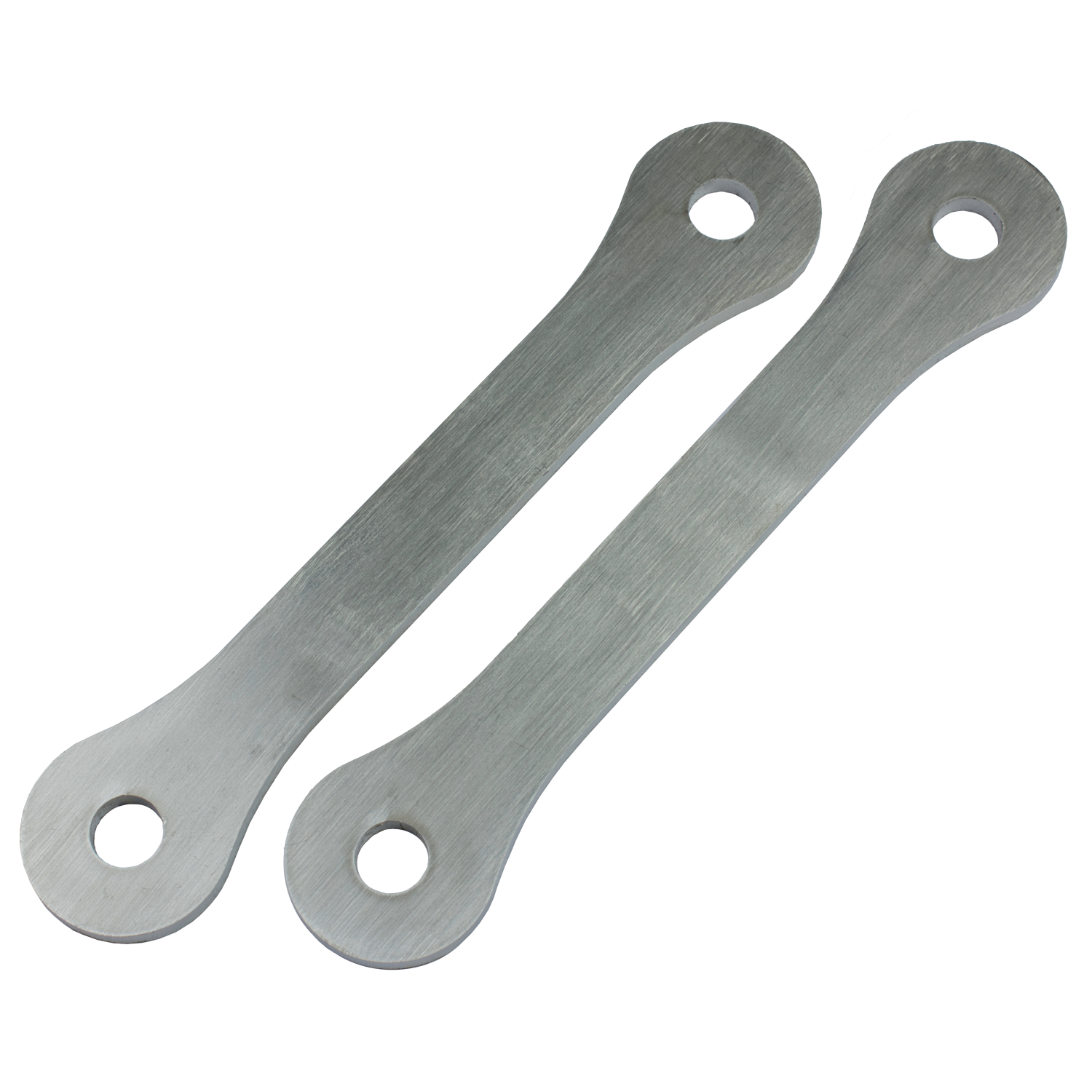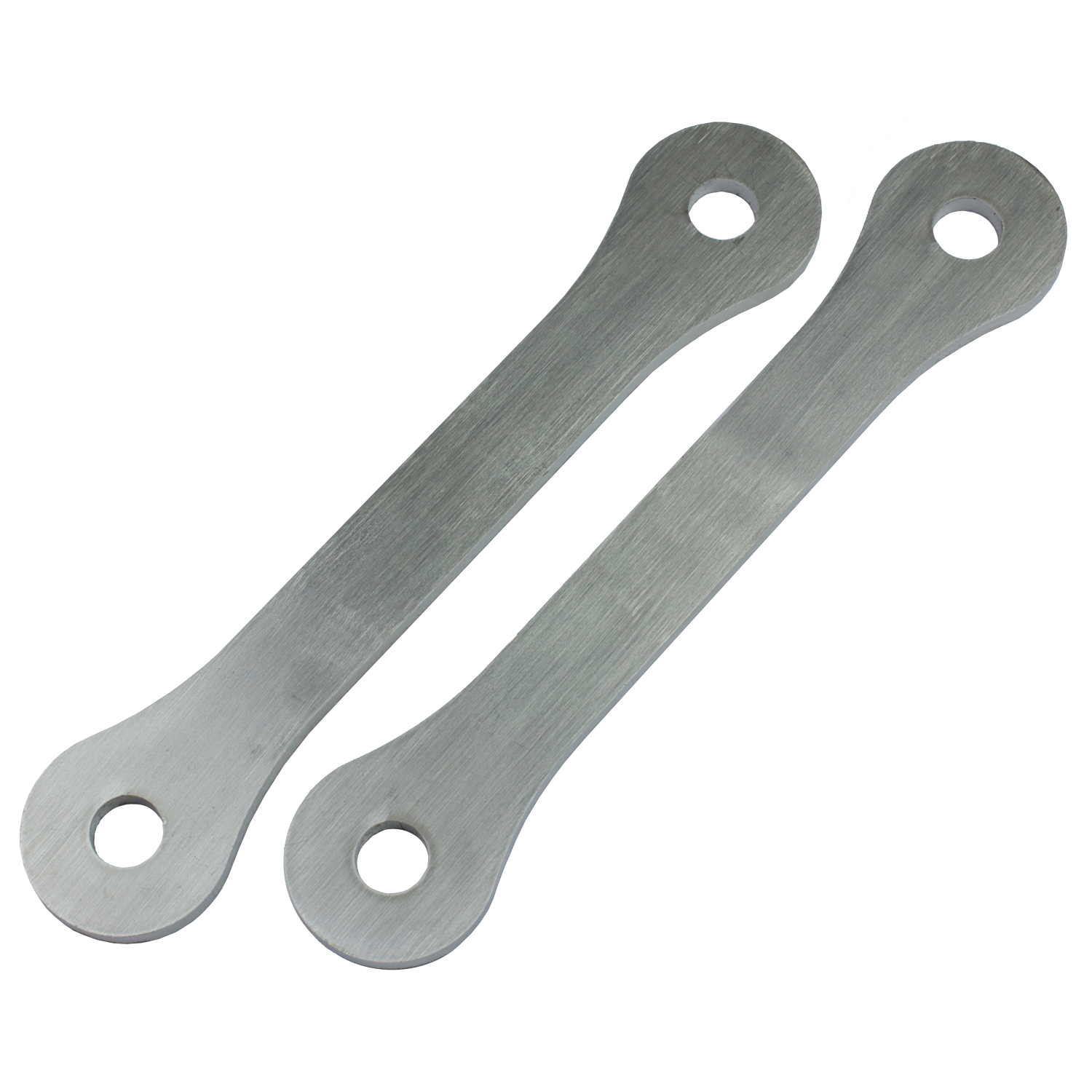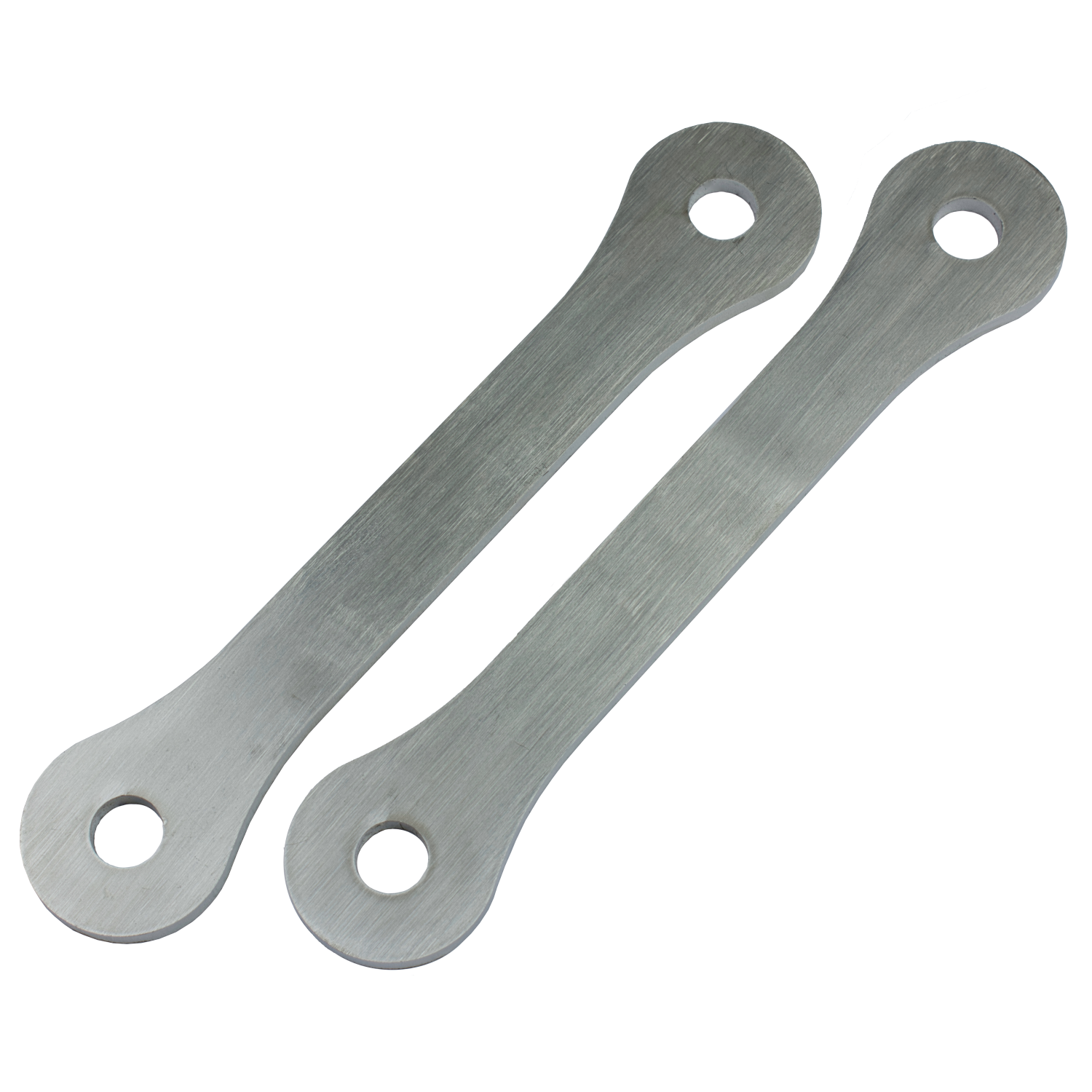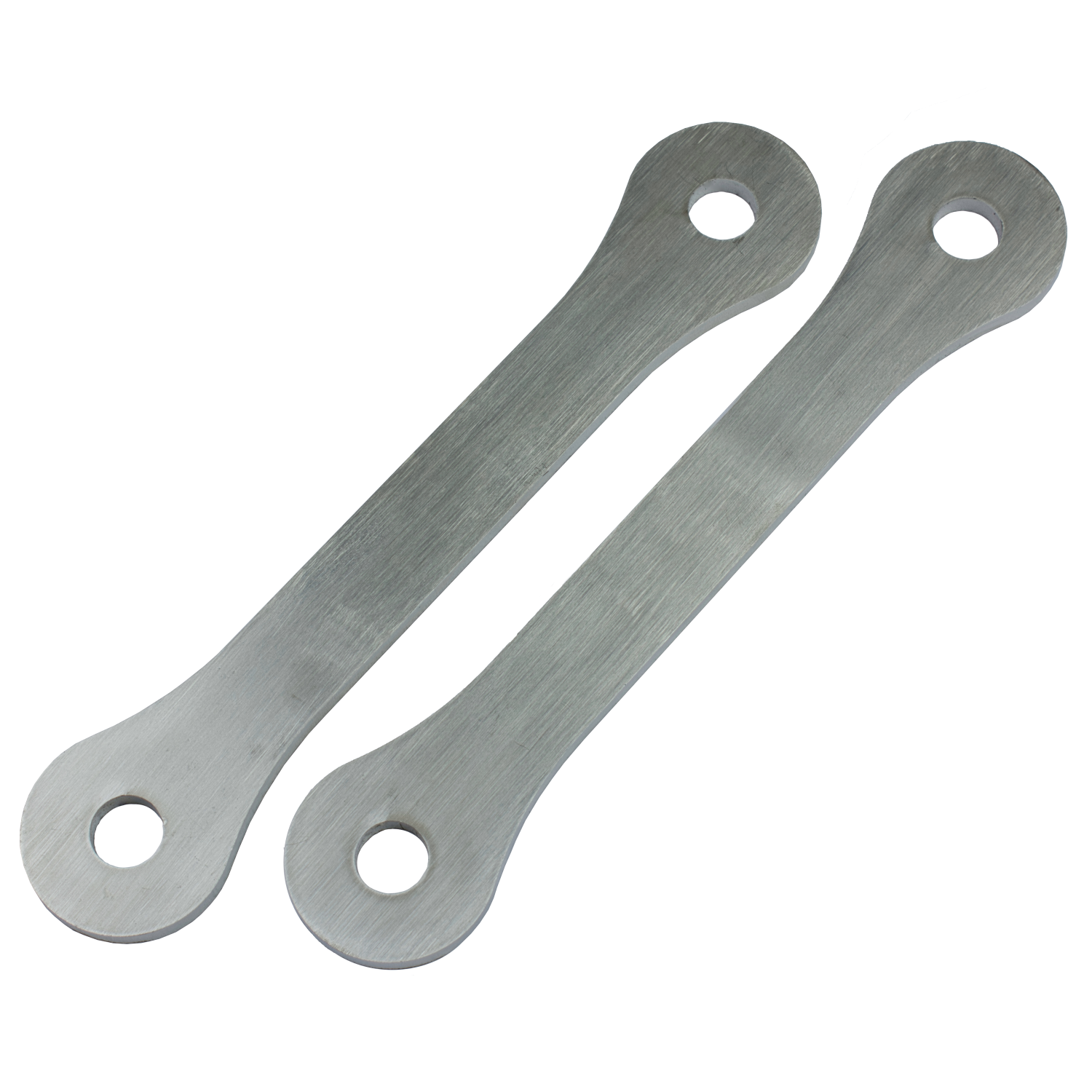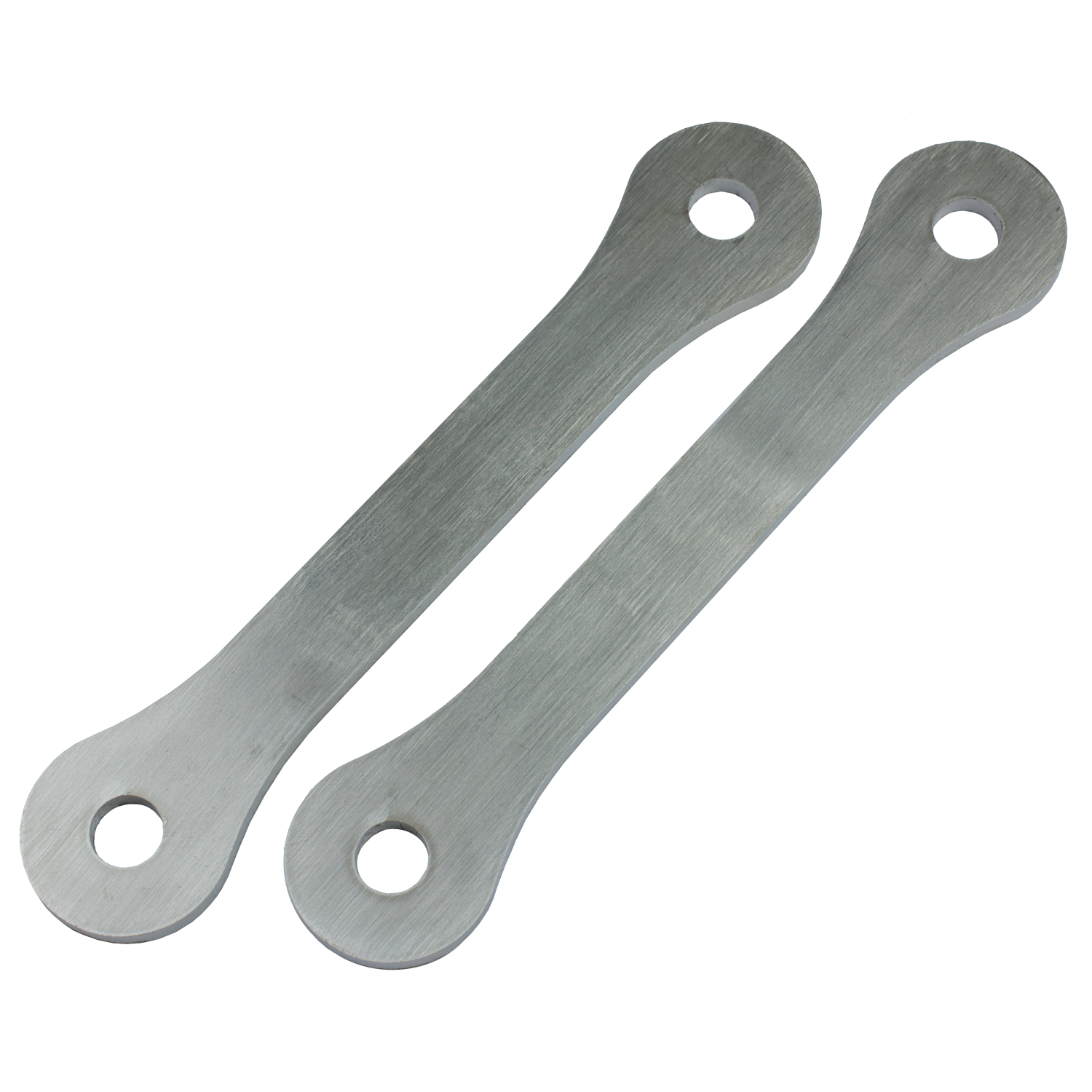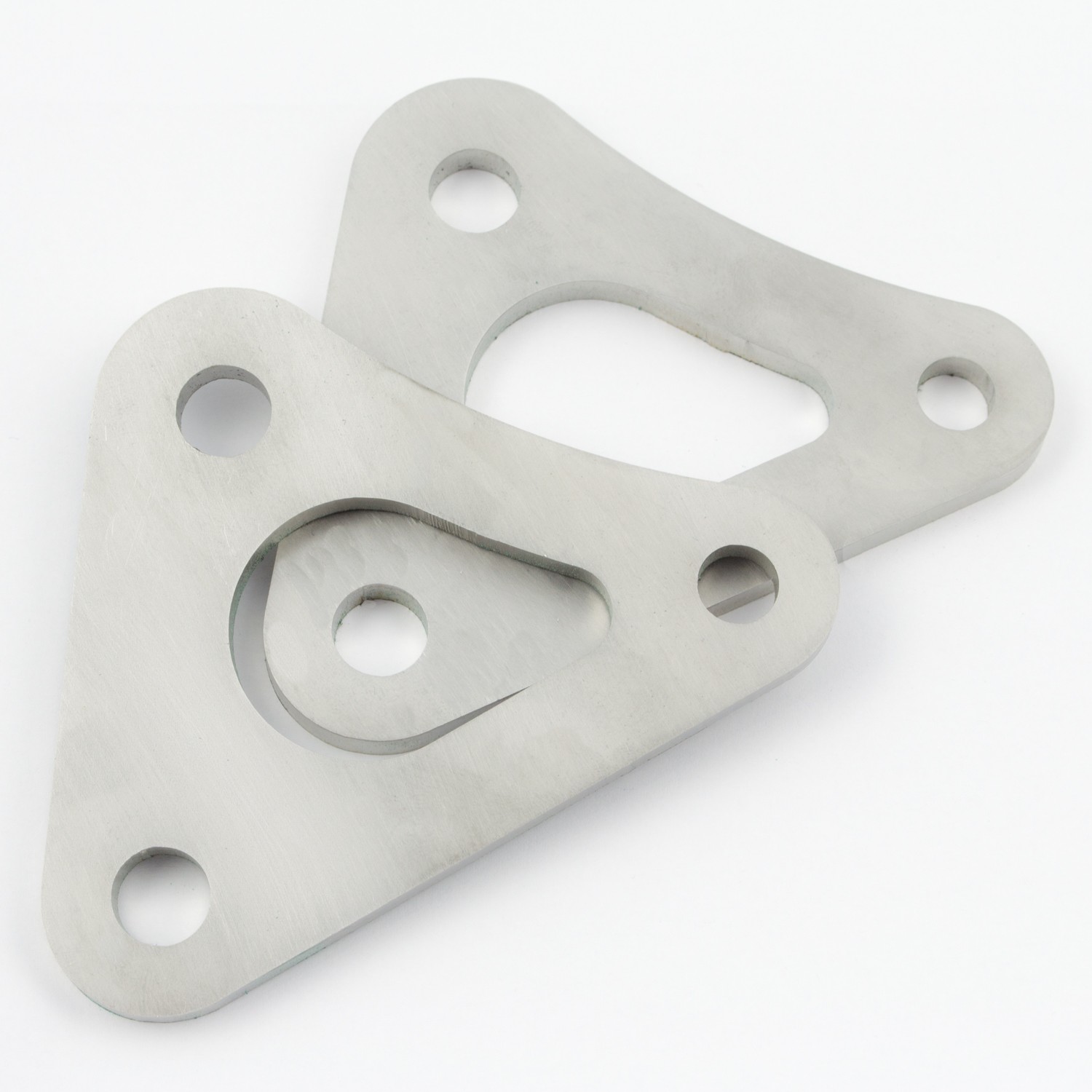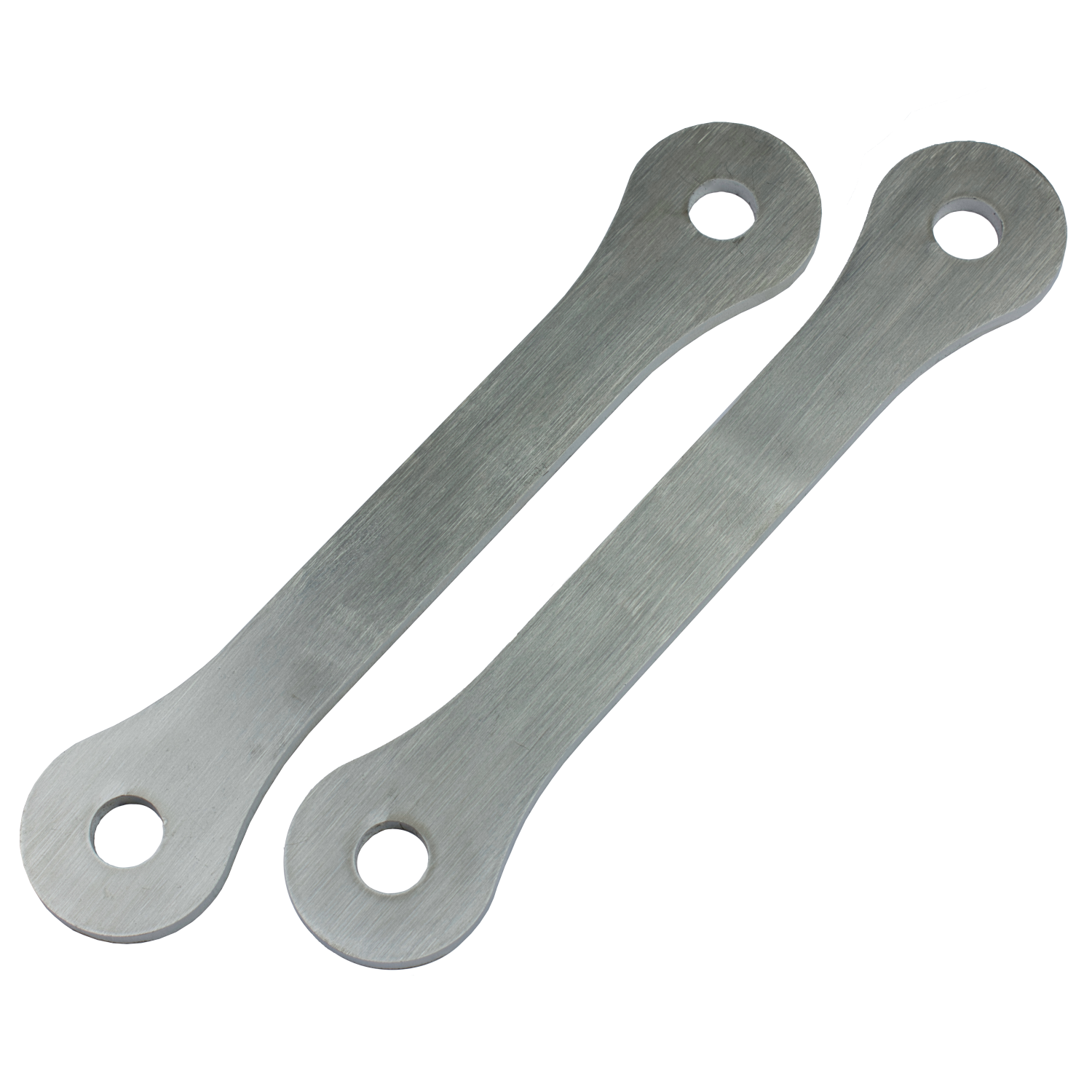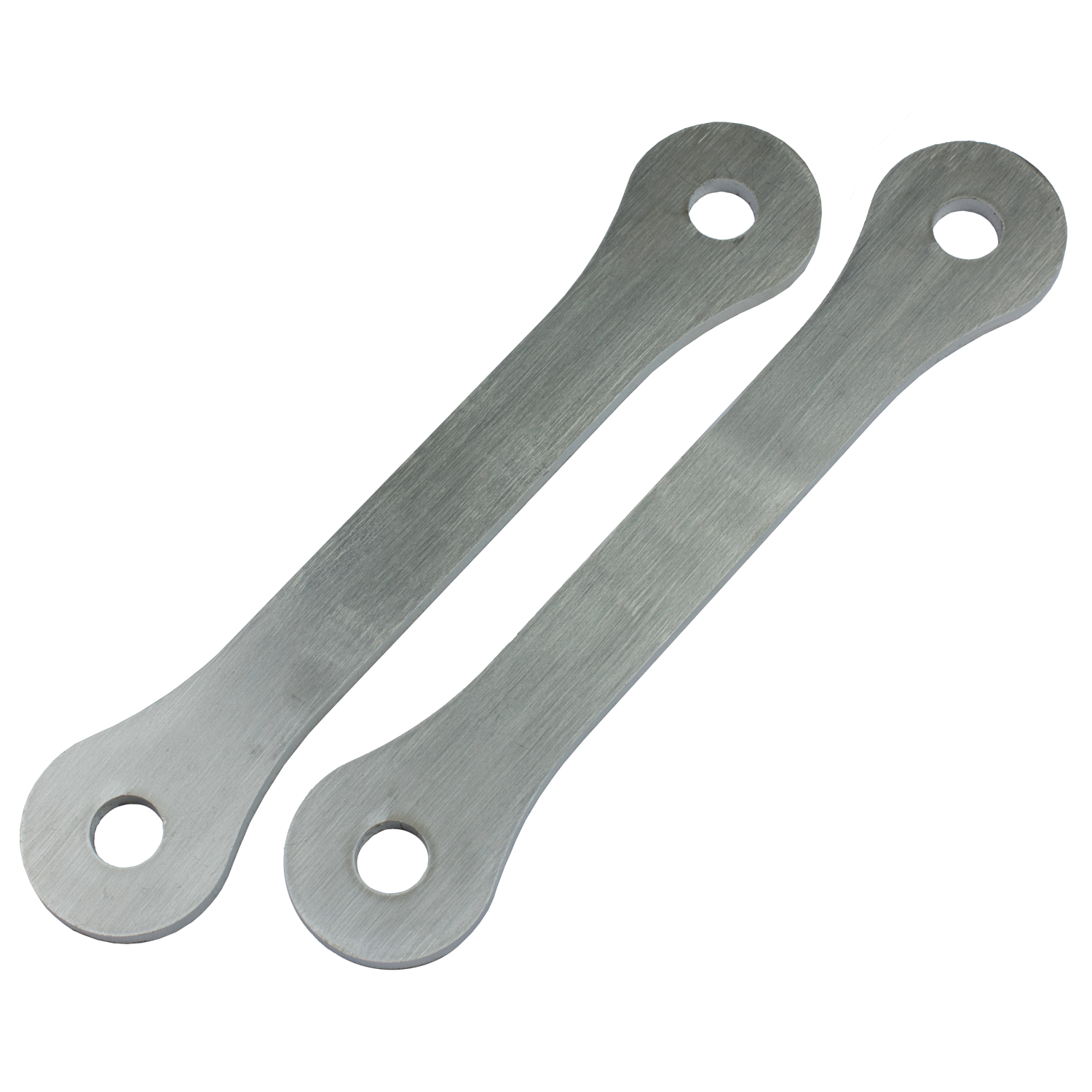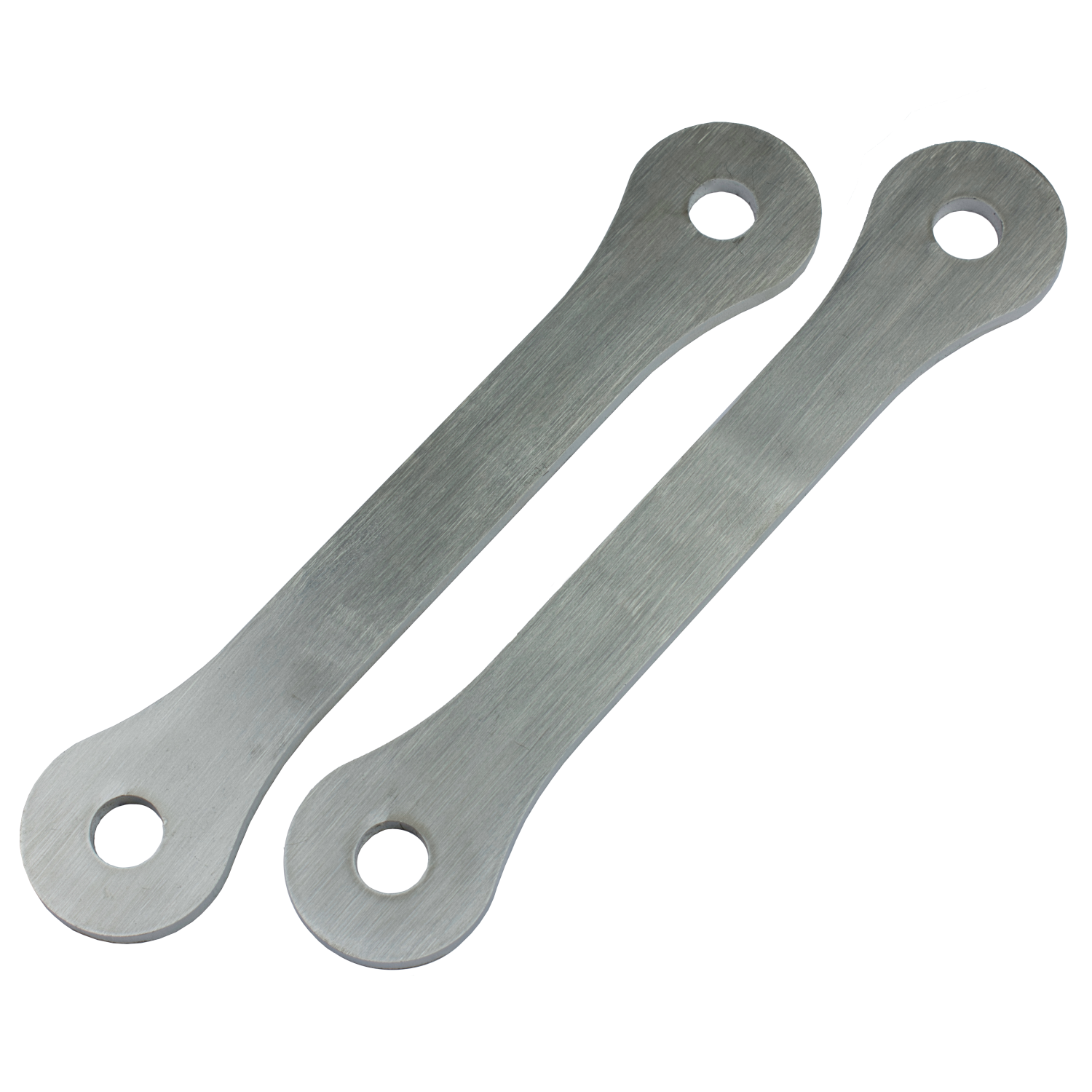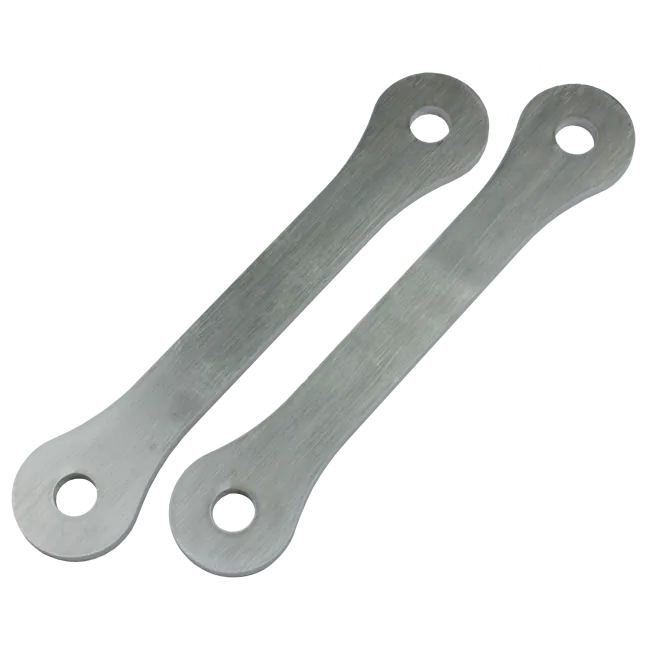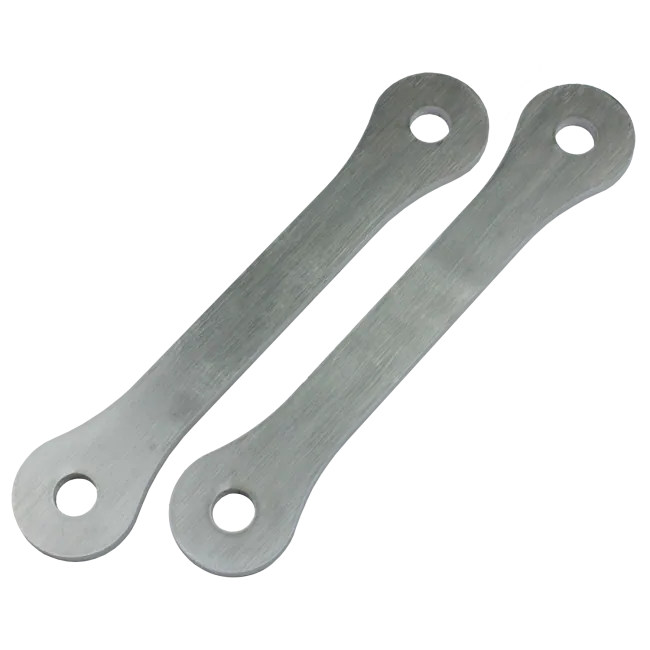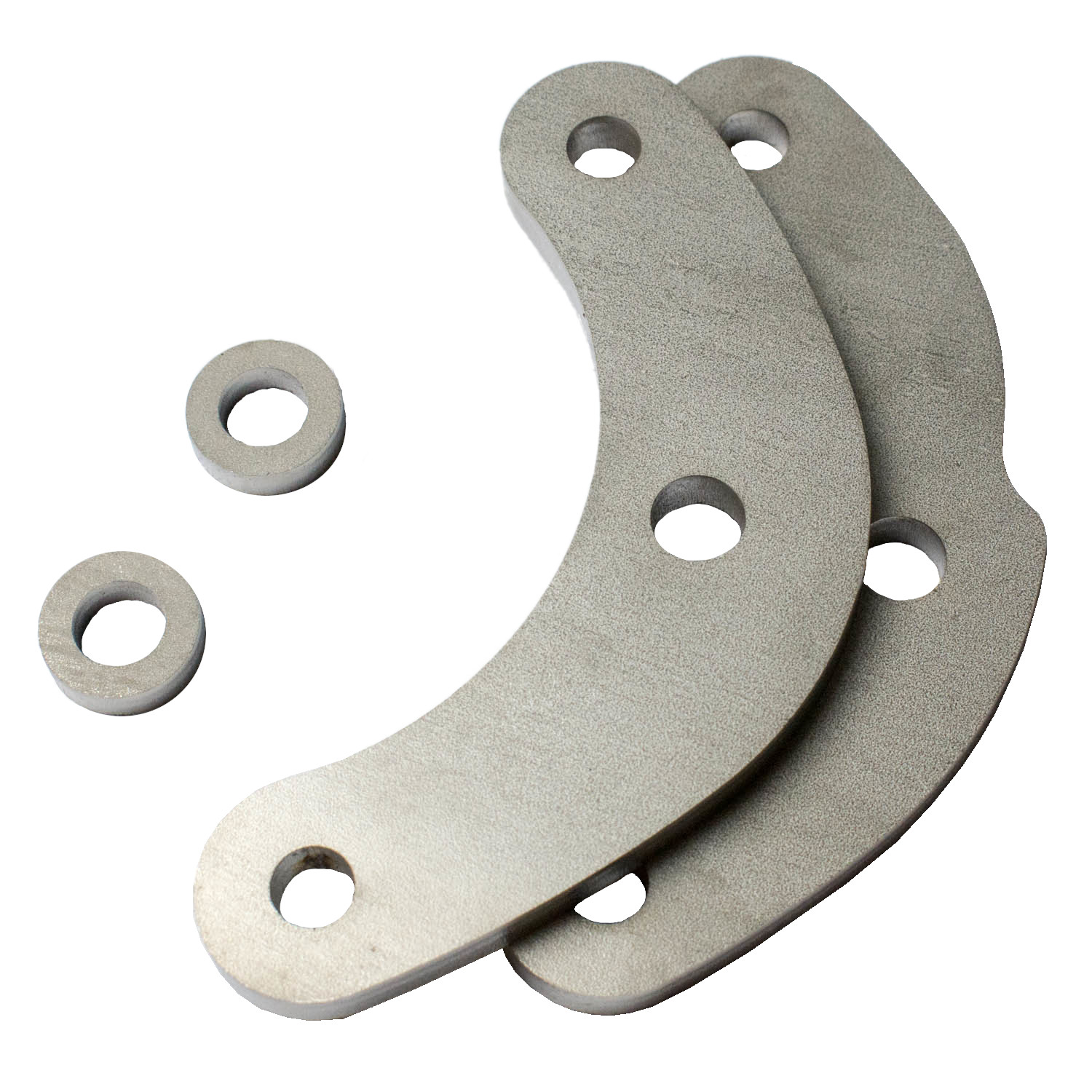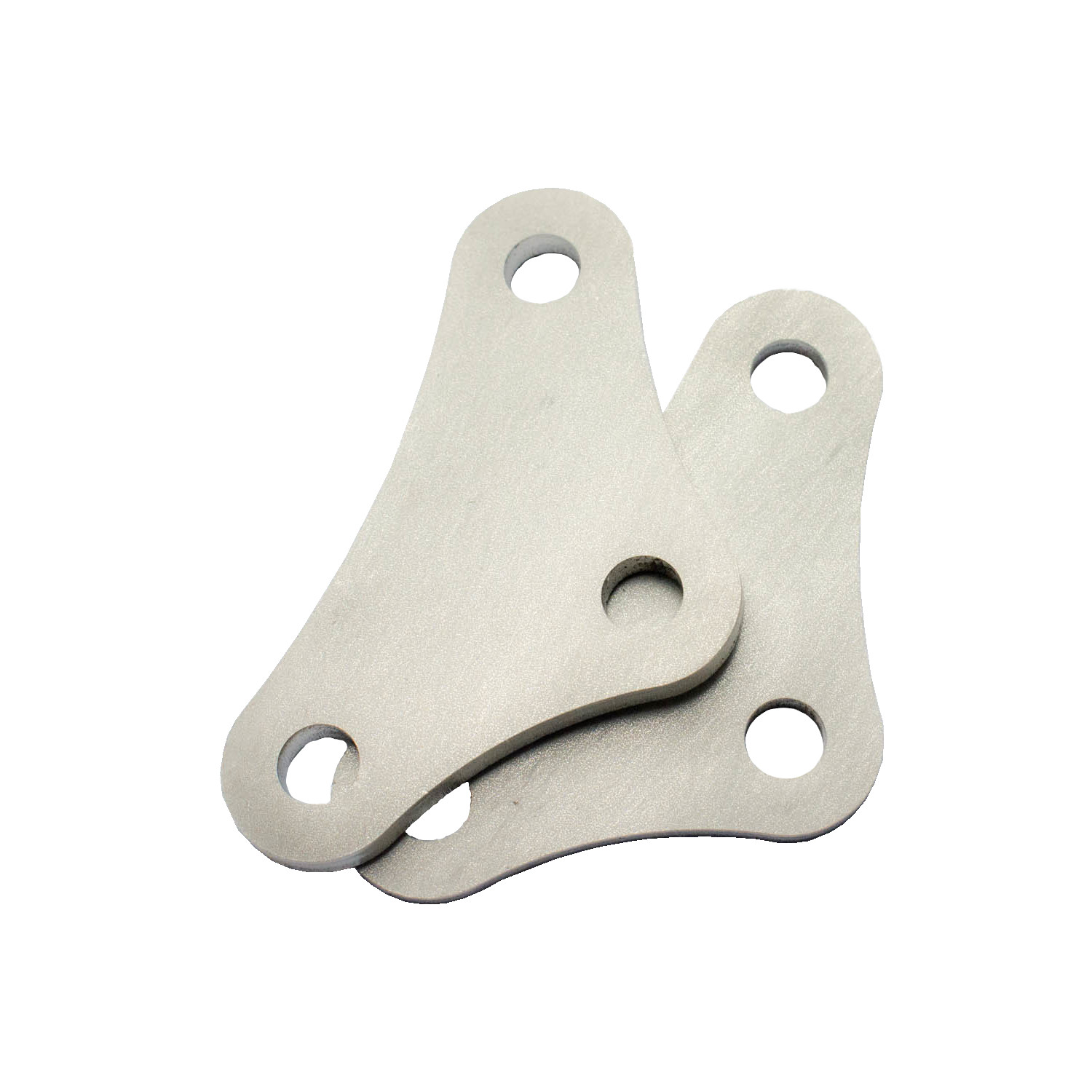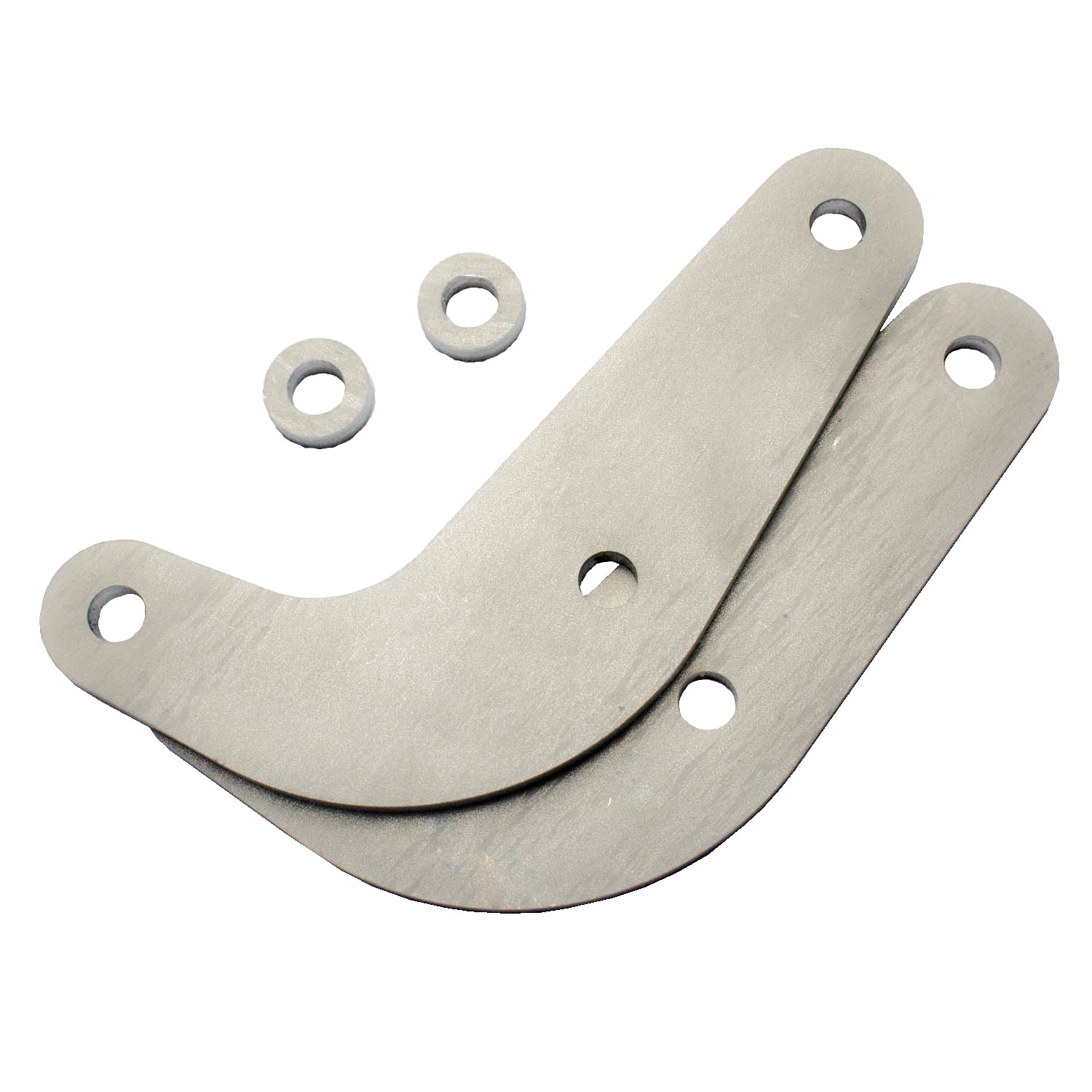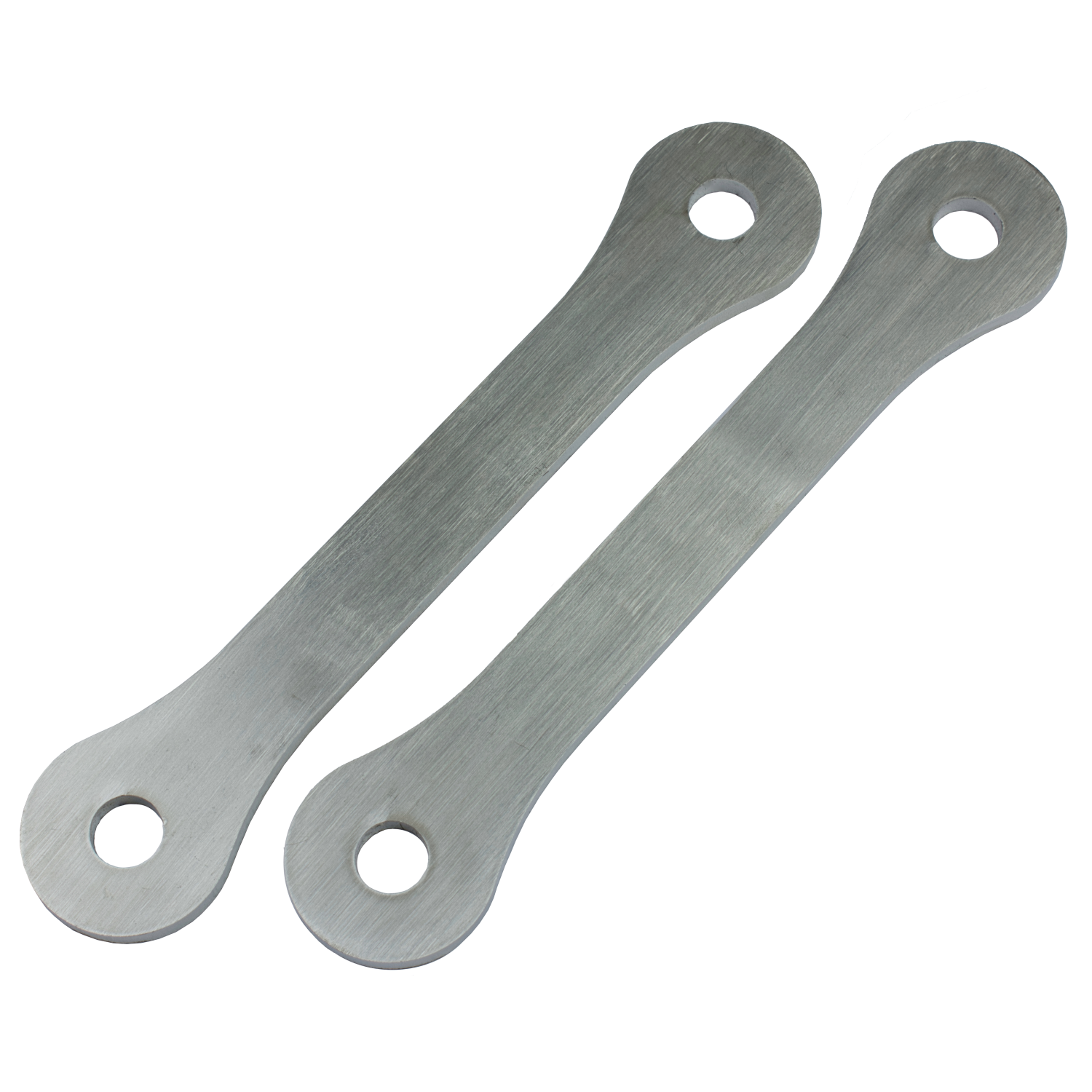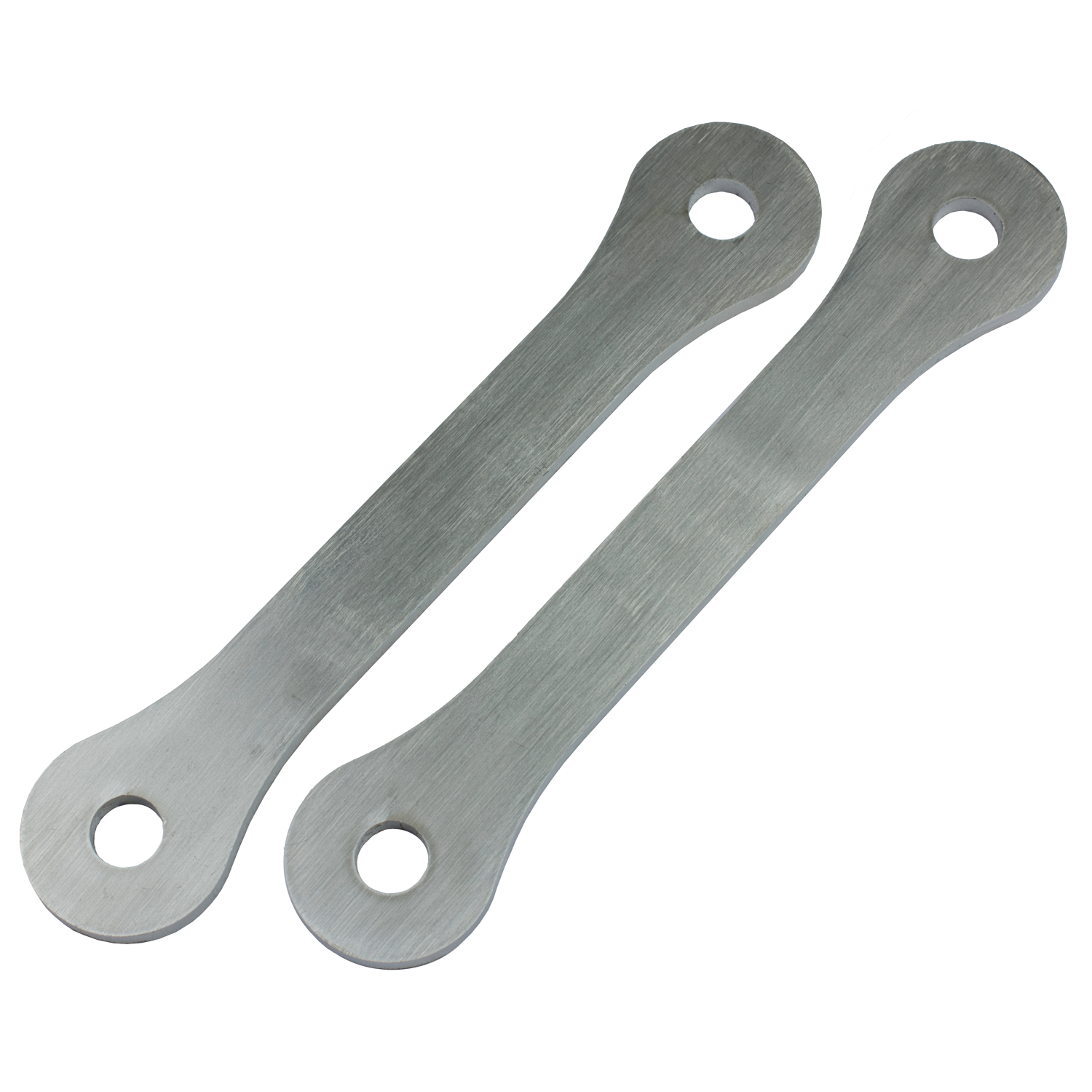If you need bones that lower the suspension, you'll receive bones longer than the original ones. Similarly, if you need bones that increase the suspension, you will receive bones shorter than the original ones. Why such a relationship?
Lowering the motorcycle - how to do it?
At the beginning let's think what exactly should be done with a motorcycle to make it lower. Imagine a motorcycle on the central stand so that the rear wheel "hangs in the air". To lower the motorcycle, you must lift the rear wheel. In other words, you need to get the wheel a little closer to the seat. After performing this operation, lower the motorcycle from the center stand. The wheel is on the ground while driving. The seat is now closer to the wheel by your action and is therefore lower. You get the effect of lowering the motorcycle.
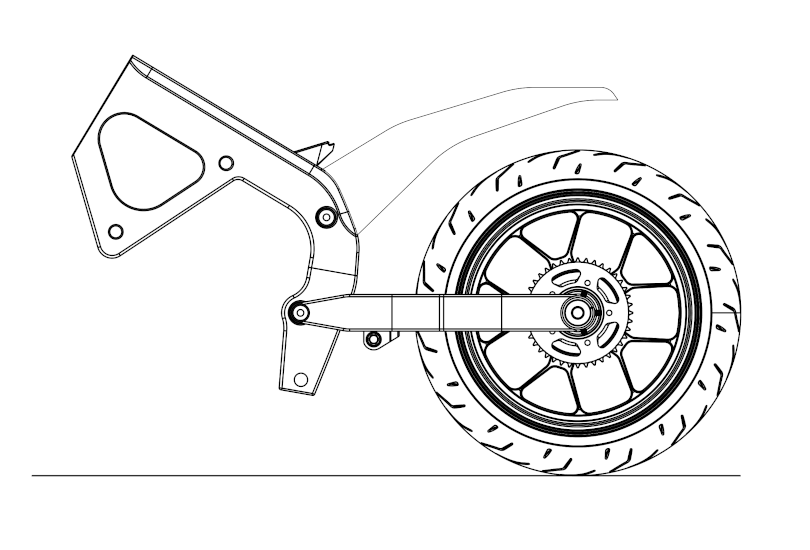
From theory to practice - why suspension links?
We have already determined what you need to do with the suspension to lower the motorcycle. Now let's look at how the suspension is built, in which there are suspension links. This is one of the Pro-Link suspension variants developed by Honda, and today is often used by many tourism motorcycle manufacturers. A connector is attached to the motorcycle frame with one end, at the other end of the connector a shock absorber is mounted. A bone is mounted in the middle of the connector, the other end of the link is screwed to the swingarm. The whole assembly operates on the principle of leverage. The force from the wheel is transmitted via the suspension bone to the connector. This connector, which is also a kind of lever, transfers the force to the shock absorber.
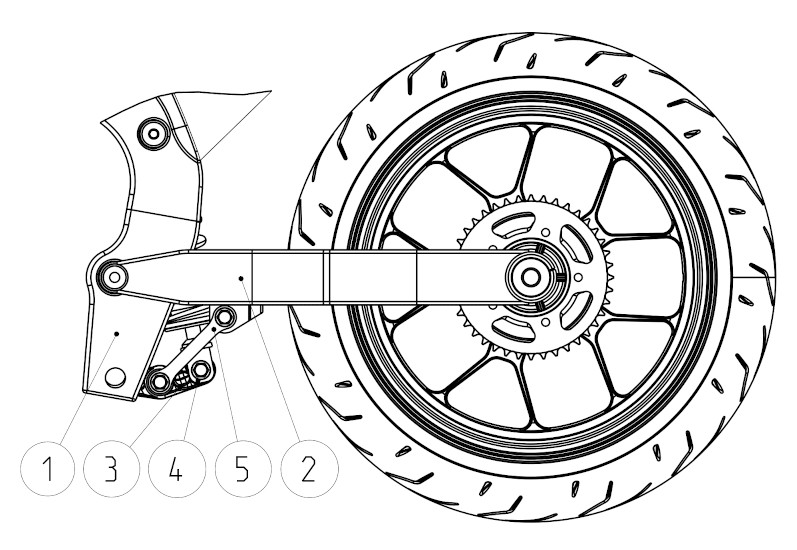 Motorcycle suspension construction: 1. Frame; 2. Swingarm; 3. Suspension connector; 4. Shock absorber; 5. Suspension links
Motorcycle suspension construction: 1. Frame; 2. Swingarm; 3. Suspension connector; 4. Shock absorber; 5. Suspension links
Lowering the suspension - time for changes
Your goal is to lower the motorcycle. However, you don't want to change the suspension's operating parameters, such as stroke, hardness, etc. Because of this, components such as the connector, shock absorber and attachment points of the individual suspension components must remain intact. All you can do is change the bone length.
Let's return now to our imaginary motorcycle on the center stand. We know that to lower the motorcycle you must raise the swingarm position. Let's continue our experiment. Remove the upper suspension link bolt and raise the swingarm. The swingarm handle with the hole for mounting the bone moves away from the holes in the bone. Now the swinging arm is raised up and it must be fixed in this position. To do this you need to lengthen the links. After proper extension of the links, the holes in the links and the swingarm will cover and the suspension can be screwed. When you leave the motorcycle on the wheels, the motorcycle will be lowered.

The above considerations show why this apparently non-intuitive relationship between bone length and its effect on motorcycle height results. Longer bone lowers the motorcycle, shorter one raises. You may have noticed another interesting and not always obvious relationship. Lowering the motorcycle by e.g. 3cm doesn't mean the need to use a bone 3cm longer. The change in links length relative to the change in motorcycle height is not 1 to 1, and this is due to the construction of the suspension, the location of the wheel attachment points and the suspension bone and the old, good lever principle. Ehhh... and how can you not love physics and mathematics? :)
I hope that I explained the basic complexities associated with lowering and raising a motorcycle. If you still have any questions, write to me. I will try to help.

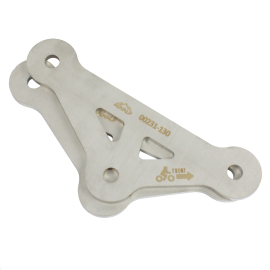






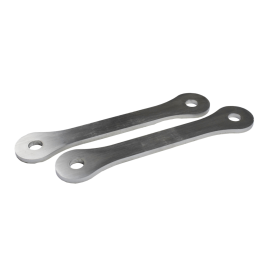



 Motorcycle suspension construction: 1. Frame; 2. Swingarm; 3. Suspension connector; 4. Shock absorber; 5. Suspension links
Motorcycle suspension construction: 1. Frame; 2. Swingarm; 3. Suspension connector; 4. Shock absorber; 5. Suspension links

